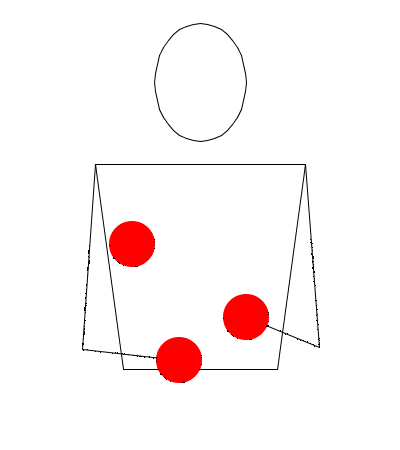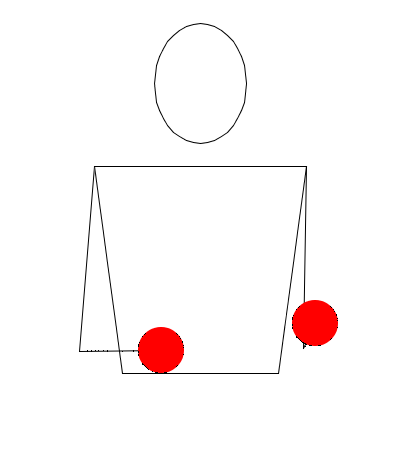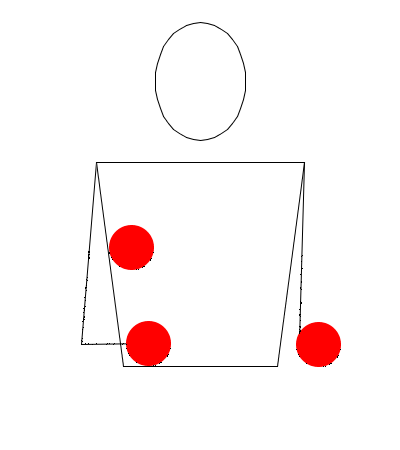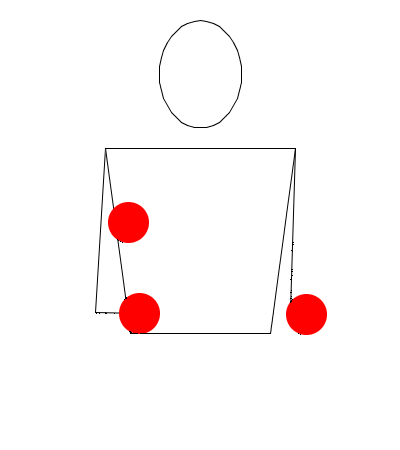Boston Shuffle
Other Tutorials:
- Siteswap: 52512
- Difficulty (1-10): 5
- Prerequisites: Cascade, Shuffle (optional)
- Related Tricks: Luke's Shuffle

The Boston Shuffle—also called
Slams—is a trick in which you make alternating slam throws through an
otherwise Cascade-like pattern. This trick can also be seen as a Shuffle
which is constantly switching directions. As such, the Boston Shuffle can
serve as practice for the Shuffle, but can also be learned more quickly if
you already know the Shuffle beforehand.
To start learning the Boston Shuffle, you first need to be
able to do slam throws on each side. Hold one ball in each hand, and then
make a Cascade throw with your non-dominant hand. Then, raise your dominant
hand up over the thrown ball, and make a downward pass with the held ball,
catching it in your non-dominant hand, and then claw catch the first ball
with your dominant hand.

Practice this slam throw on both sides until your are very
comfortable with it. To add in the third ball, start by juggling a normal
Cascade pattern. Then, make a slam throw with your dominant hand, throwing
the ball in your non-dominant hand as an overthrow to clear space for the
downward pass. After the pass is caught, resume juggling the Cascade.
Practice this on both sides until you can perform it smoothly
and without major hesitation. The final step to learning the Boston Shuffle is
to chain one slam together with a slam from the opposite side. Start by
juggling a normal Cascade, then make a slam throw and overthrow like in the
previous step. However, instead of going back into the Cascade, you are
going to immediately make a single Cascade throw using the hand which had
just done a slam, and then perform another slam using your other hand. After
the last slam, return to the normal Cascade.
Once you have mastered two slams, try a third, fourth, fifth,
and so on until you are running the Boston Shuffle continuously. This pattern
is not particularly complicated, but the accuracy required for the slam
throws will take some time to acquire. If performed correctly, each ball
should travel along a single path (e.g. only one ball should ever be
slammed), so it may help to use easily distinguishable balls when
practicing.
